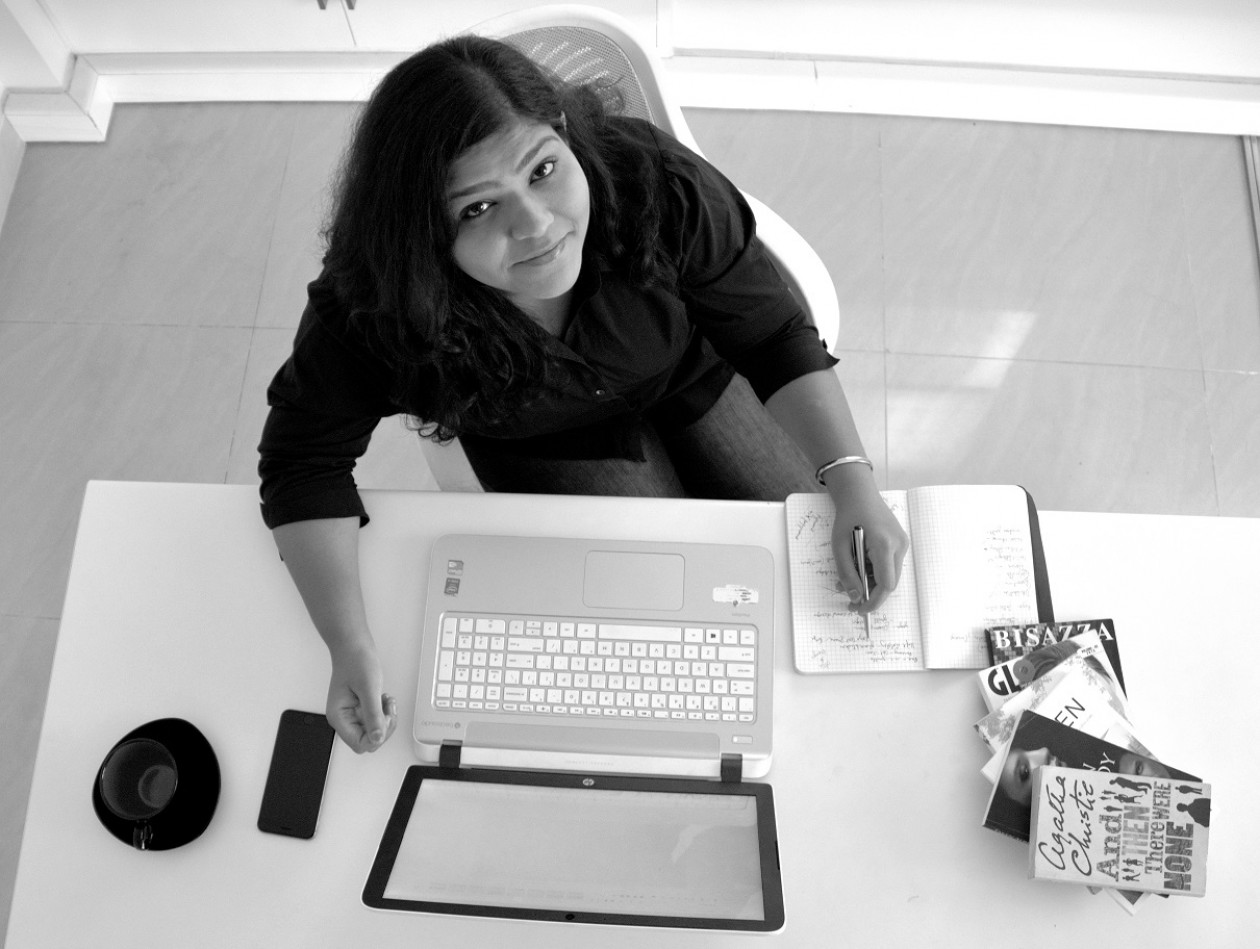|
Cost involved in each Type of publishing |
| Factor |
Traditional Publishing |
Kindle Publishing |
Self-Publishing |
Pothi Publishing |
Vanity Publishing |
| Book Cover |
Anywhere around 5000 INR for a decent cover, few cost 2,500 INR to 3000 INR as well accordingly! |
Kindle gives you an option to use a simple color template with book title, or you can choose to design one at a lesser price. It should be around 3000 INR as it is just a kindle version |
Anywhere around 5000 INR for a decent cover, few cost 2,500 INR to 3000 INR as well accordingly! |
Pothi also has an set of covers designed, you can either choose o spend on it |
Covers in the package mostly or you can choose to buy a cover outside |
| Editing a 50,000 word manuscript |
publishers edit the novel and the author need not pay. However, if the author is not good at grammar, they can choose a round of proof reading before submitting the manuscript to the publishers. |
|
|
|
In Vanity, there are packages that might cover editing which would cost the same |
| Substantial Editing: Approximately 25,000 INR |
| Copy Editing, Line Editing: 15,000 INR to 20,000 INR |
| Proof Reading: 10,000 INR to 15,000 INR |
| Beta Reading |
Publishers don’t cove beta-reading |
Beta-reading a novel should cost anywhere from 5p to 50p per word |
| illustrations, photography and graphics |
Publishers cover the cost |
It can cost around 3000 INR or more according to the requirements in the novel. |
Comes with the package |
| layout, formatting and ebook conversion |
Publishers cover the cost |
Costs 3000 INR – Hint: You can do the same for free at http://www.smashwords.com |
Publishers cover the cost |
| Book Printing |
Publishers cover the cost |
Not applicable |
40 – 60 INR per book of around 200 pages if bulk printed |
Print on demand. Costs around 120 for 100 pages book |
Publishers cover the cost |
| Distribution cost |
Publishers cover the cost |
Not applicable |
Lesser in comparison. At amazon I believe it is zero cost, and flipkart asks a nominal fee |
1500 INR for amazon and flipkart |
Publishers cover the cost |
| Marketing cost |
Publishers cover the basic cost – depends on the tier |
Depends on the type of marketing. A newspaper interview if it is through a PR would cost at least 15,000 INR. Book Reviews, Book tours, Spotlights – might start from 8000 INR to 50,000 INR depending on various choices of marketing |
| Publishing cost |
Not Applicable |
Not Applicable |
Not Applicable |
Not Applicable |
25,000 INR is the least and cheapest available. It goes up to 1,25,000 INR with other added valuable services |










